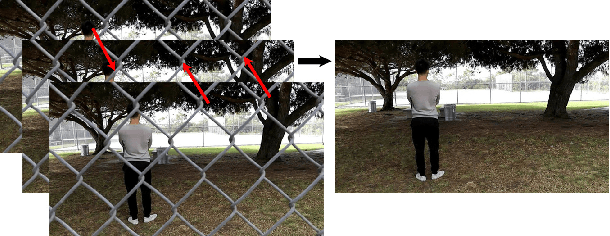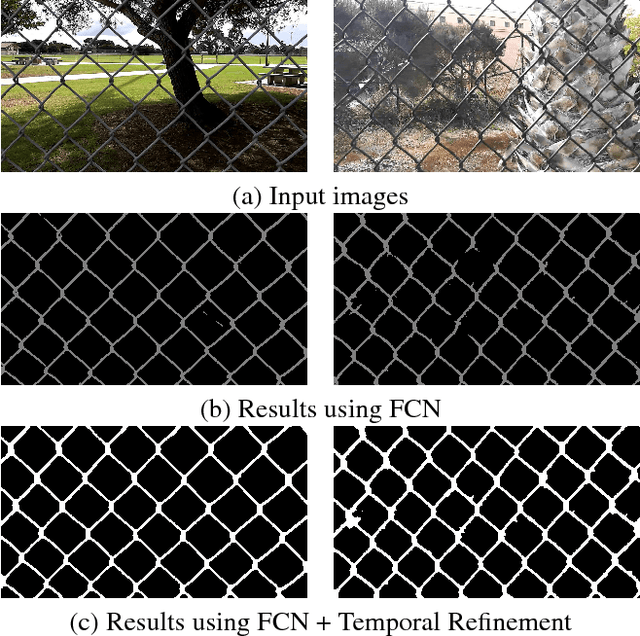Ji Dai
A Deep-Learning-Based Neural Decoding Framework for Emotional Brain-Computer Interfaces
Mar 08, 2023Abstract:Reading emotions precisely from segments of neural activity is crucial for the development of emotional brain-computer interfaces. Among all neural decoding algorithms, deep learning (DL) holds the potential to become the most promising one, yet progress has been limited in recent years. One possible reason is that the efficacy of DL strongly relies on training samples, yet the neural data used for training are often from non-human primates and mixed with plenty of noise, which in turn mislead the training of DL models. Given it is difficult to accurately determine animals' emotions from humans' perspective, we assume the dominant noise in neural data representing different emotions is the labeling error. Here, we report the development and application of a neural decoding framework called Emo-Net that consists of a confidence learning (CL) component and a DL component. The framework is fully data-driven and is capable of decoding emotions from multiple datasets obtained from behaving monkeys. In addition to improving the decoding ability, Emo-Net significantly improves the performance of the base DL models, making emotion recognition in animal models possible. In summary, this framework may inspire novel understandings of the neural basis of emotion and drive the realization of close-loop emotional brain-computer interfaces.
Accurate and efficient video de-fencing using convolutional neural networks and temporal information
Jun 28, 2018



Abstract:De-fencing is to eliminate the captured fence on an image or a video, providing a clear view of the scene. It has been applied for many purposes including assisting photographers and improving the performance of computer vision algorithms such as object detection and recognition. However, the state-of-the-art de-fencing methods have limited performance caused by the difficulty of fence segmentation and also suffer from the motion of the camera or objects. To overcome these problems, we propose a novel method consisting of segmentation using convolutional neural networks and a fast/robust recovery algorithm. The segmentation algorithm using convolutional neural network achieves significant improvement in the accuracy of fence segmentation. The recovery algorithm using optical flow produces plausible de-fenced images and videos. The proposed method is experimented on both our diverse and complex dataset and publicly available datasets. The experimental results demonstrate that the proposed method achieves the state-of-the-art performance for both segmentation and content recovery.
 Add to Chrome
Add to Chrome Add to Firefox
Add to Firefox Add to Edge
Add to Edge